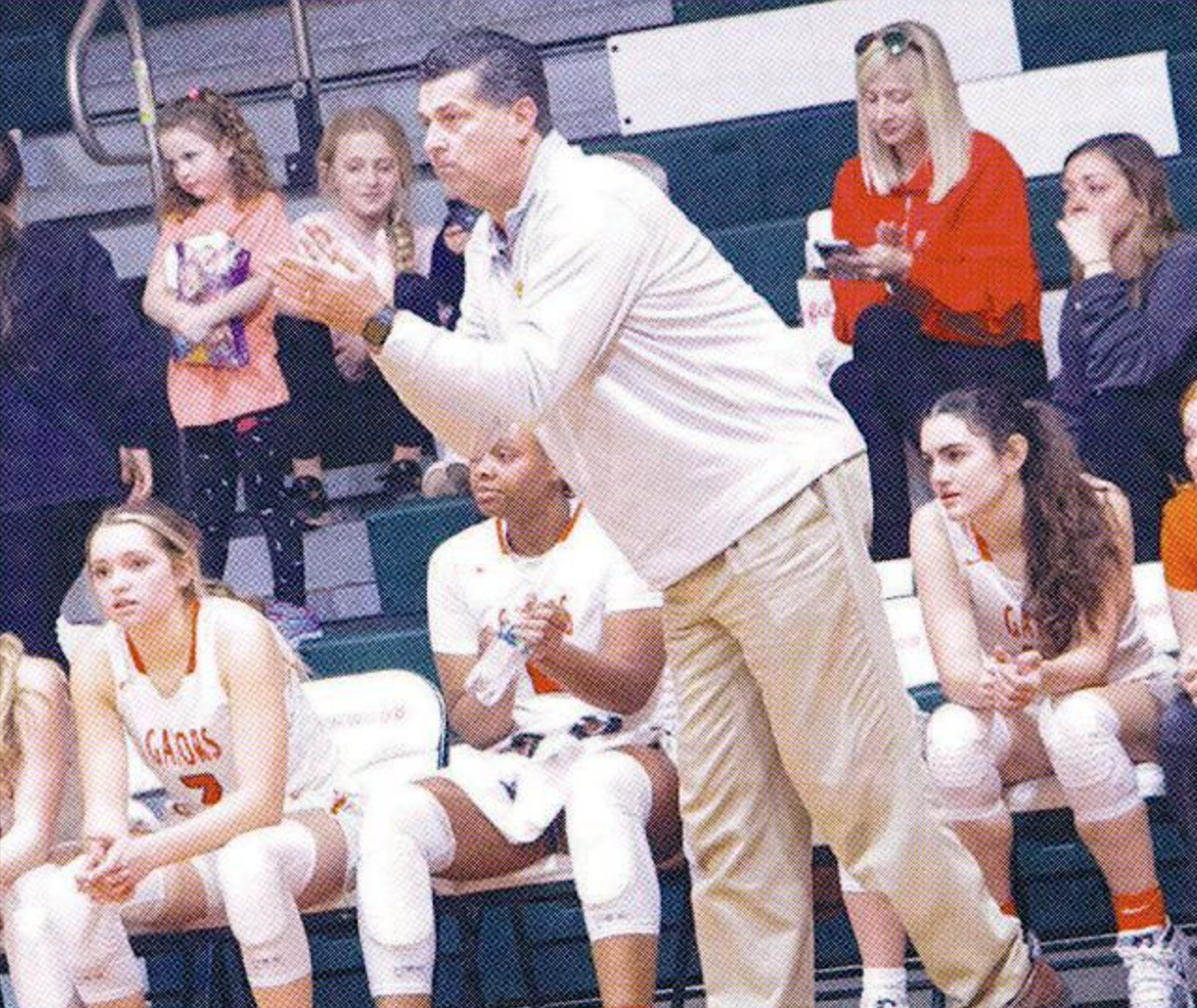BY WIL CREWS
SPORTSCREWS@OPELIKAOBSERVER.COM
LEE COUNTY —
The National Federation of State High School Associations (NFHS) announced in May that beginning in the 2023 season, high school basketball teams will shoot two free throws for common fouls when in the “bonus.”
This change to Rule 4-8-1 eliminates the one-and-one scenario and sets new foul limits each quarter for awarding the bonus free throw. The rule change was approved by the NFHS Basketball Rules Committee at its annual meeting April 24 through 26, and subsequently approved by the NFHS Board of Directors.
In addition to awarding two foul shots for all common fouls, teams will reach the bonus when their opponent commits five fouls in each quarter, and team fouls will reset at the end of each quarter. Previously, teams were awarded the one-and-one bonus when their opponents committed seven fouls in a half and two foul shots when 10 fouls were committed each half.
The NFHS claimed the main reason for the rule change was to reduce injury rates on rebounding situations, and to improve the flow of games.
“The rules committee studied data that showed higher injury rates on rebounding situations and saw this as an opportunity to reduce opportunities for rough play during rebounds,” said Lindsey Atkinson, NFHS Director of Sports and liaison to the Basketball Rules Committee. “Additionally, resetting the fouls each quarter will improve game flow and allow teams to adjust their play by not carrying foul totals to quarters two and four.”
Locally and across the state, the doing-away with the one-and-one rule, which, according to orangehoops.com was instituted at the collegiate level in 1954-55, means teams will have to adjust to a major change in how the game has been played for decades.
“There’s a lot of strategy in the game, especially for coaches,” said Glenwood girls and boys varsity head basketball coach Dusty Purdue. “I mean, coaching becomes a big a big deal, especially later on in the game. It really could be a lot of fun. How deep can you bench be? I mean, you need to go deeper in your bench; just occasionally those guys and/or girls that come in early in the game and get some fouls out of the way, how do you how do you play it from that standpoint?”
While Purdue has already been thinking about how the rule change will affect in-game scenario’s, Opelika High School head girls basketball coach Blake Smalley believes the game will change how teams practice, too.
“I actually like it,” Smalley said. “It’s definitely different and will take a little time to get used to but I think, you know, it will reward you know those teams that can hit free throws, those who play discipline defense and don’t foul as much. We will have to [practice more free throws], but the good thing about that is you know, obviously, you definitely get a second shot now so you still get more and more opportunity to shoot and it also can have a bigger impact on the game if you’re making.”
For both Purdue and Smalley, the rule change comes as little surprise, they said. Purdue and Glenwood have regularly competed with Georgia teams over the years and have gotten a taste of how the game changes without the one-and-one since Georgia did away with the two rule years ago.
“It’s going to change the way coaches coach the game,” Purdue said. “I don’t think that has as big an effect in the first half as it will in the second half. If a team loves to press, is [the team] going to take away from the pressing a little bit more? Because you know, the more you press, the more you foul. Is it going to make you play zone more than you would like?”
Now that many state high school basketball associations have done away with the one-and-one rule, and the fact that women’s collegiate and American professional basketball leagues do not employ it, the last remaining pillar upholding the one-and-one rule is the men’s college game. One figures that to encourage congruence across all levels of basketball, from the grassroots and up, that men’s college basketball would follow suit.
Regardless, the rule change is one of the biggest in high school basketball Alabama has seen in recent memory. And watching how the game evolves, for better or for worse, will be something to watch during the upcoming 2023 basketball season.
“It’s obviously still pretty early with the summer and I’m sure it’ll be a little bit of a learning curve for everybody — players, officials and even everybody watching,” Smalley said. “I don’t think it’s going be too different. You got to just, you know, be thinking about it and making sure it’s addressed and making sure the kids understand it.”

